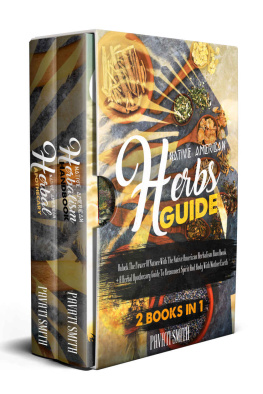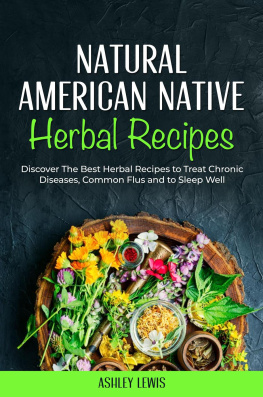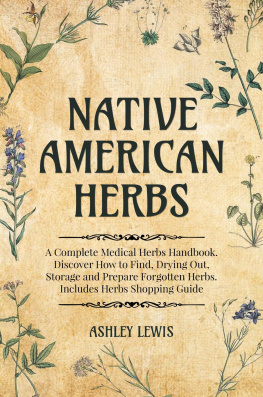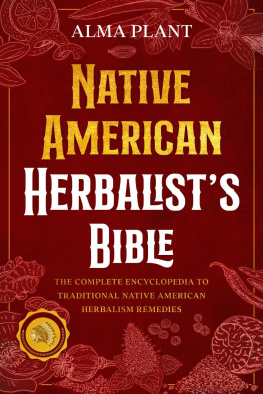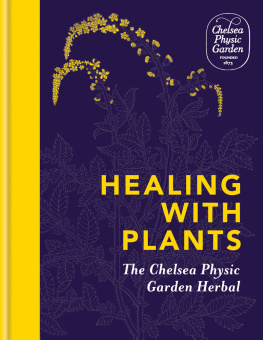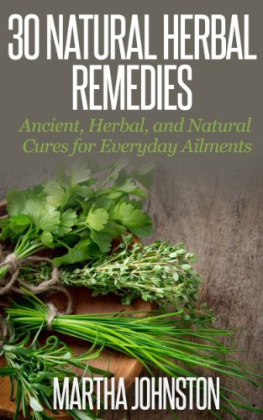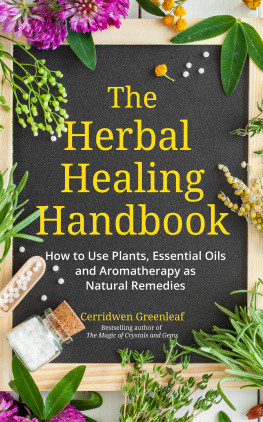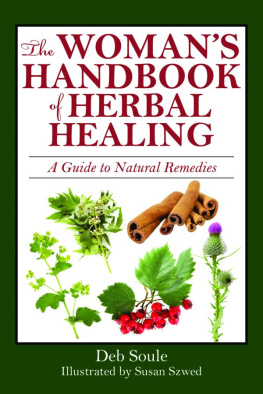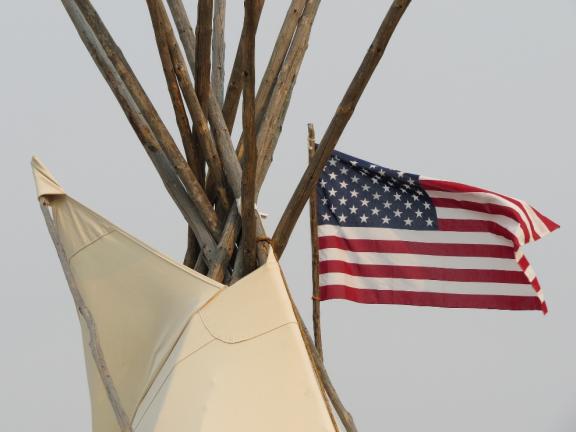PAVATI SMITH - Native American Herbal Remedies Encyclopedia: 3 books in 1: Unlock The Wisdom Within The Native American Culture Learning How Common Herbs Can Create The Best Natural Pantry To Fight Any Ailment
Here you can read online PAVATI SMITH - Native American Herbal Remedies Encyclopedia: 3 books in 1: Unlock The Wisdom Within The Native American Culture Learning How Common Herbs Can Create The Best Natural Pantry To Fight Any Ailment full text of the book (entire story) in english for free. Download pdf and epub, get meaning, cover and reviews about this ebook. genre: Religion. Description of the work, (preface) as well as reviews are available. Best literature library LitArk.com created for fans of good reading and offers a wide selection of genres:
Romance novel
Science fiction
Adventure
Detective
Science
History
Home and family
Prose
Art
Politics
Computer
Non-fiction
Religion
Business
Children
Humor
Choose a favorite category and find really read worthwhile books. Enjoy immersion in the world of imagination, feel the emotions of the characters or learn something new for yourself, make an fascinating discovery.
- Book:Native American Herbal Remedies Encyclopedia: 3 books in 1: Unlock The Wisdom Within The Native American Culture Learning How Common Herbs Can Create The Best Natural Pantry To Fight Any Ailment
- Author:
- Genre:
- Rating:5 / 5
- Favourites:Add to favourites
- Your mark:
Native American Herbal Remedies Encyclopedia: 3 books in 1: Unlock The Wisdom Within The Native American Culture Learning How Common Herbs Can Create The Best Natural Pantry To Fight Any Ailment: summary, description and annotation
We offer to read an annotation, description, summary or preface (depends on what the author of the book "Native American Herbal Remedies Encyclopedia: 3 books in 1: Unlock The Wisdom Within The Native American Culture Learning How Common Herbs Can Create The Best Natural Pantry To Fight Any Ailment" wrote himself). If you haven't found the necessary information about the book — write in the comments, we will try to find it.
Everything on earth has a purpose, for every disease, there is an herb to cure it, and every person has a mission. This is the Indian theory of existence.
Mourning Dove, Salish, 1888-1936
What if you could learn to see the same patterns the American Natives were using to find healing herbs, just from taking a walk in the woods?
Wouldnt you like to find curative plants and build a Natural Medical Dispensary?
If youd like to... well, keep reading!
You could turn every future nature walk into an opportunity to learn how the Natives, with no technology, discovered the cure for any illness from the same natural environment that surrounds you at this very moment! Youll fill your pockets with healing plants with which to make herbal teas of all kinds, from relaxing to draining ones, energizing, anti-inflammatory, and many others!
All of the DIY remedies within Native American Herbal Remedies Encyclopedia will provide you the key to take care of your health any time you are ill or sick, with NO CONVENTIONAL MEDICINES!
Heres just a drop from the ocean of knowledge within these 3 guides:
30 healing recipes for most common ailments
How Healing Plants affect the Human Body
Extraction methods for DIY Essential oils, Salves, and Balms
Picking and conservation of Healing Plants
10 Delicious Detox Smoothies Recipes
And the list could go on!
BringNative American Herbal Remedies Encyclopediaalong next time youre going for a walk through nature and enjoy the adventures that are hidden around you!
Dont miss this fantastic opportunity to learn from what they have seen!
SCROLLUP and CLICK on BUY NOW!
PAVATI SMITH: author's other books
Who wrote Native American Herbal Remedies Encyclopedia: 3 books in 1: Unlock The Wisdom Within The Native American Culture Learning How Common Herbs Can Create The Best Natural Pantry To Fight Any Ailment? Find out the surname, the name of the author of the book and a list of all author's works by series.

